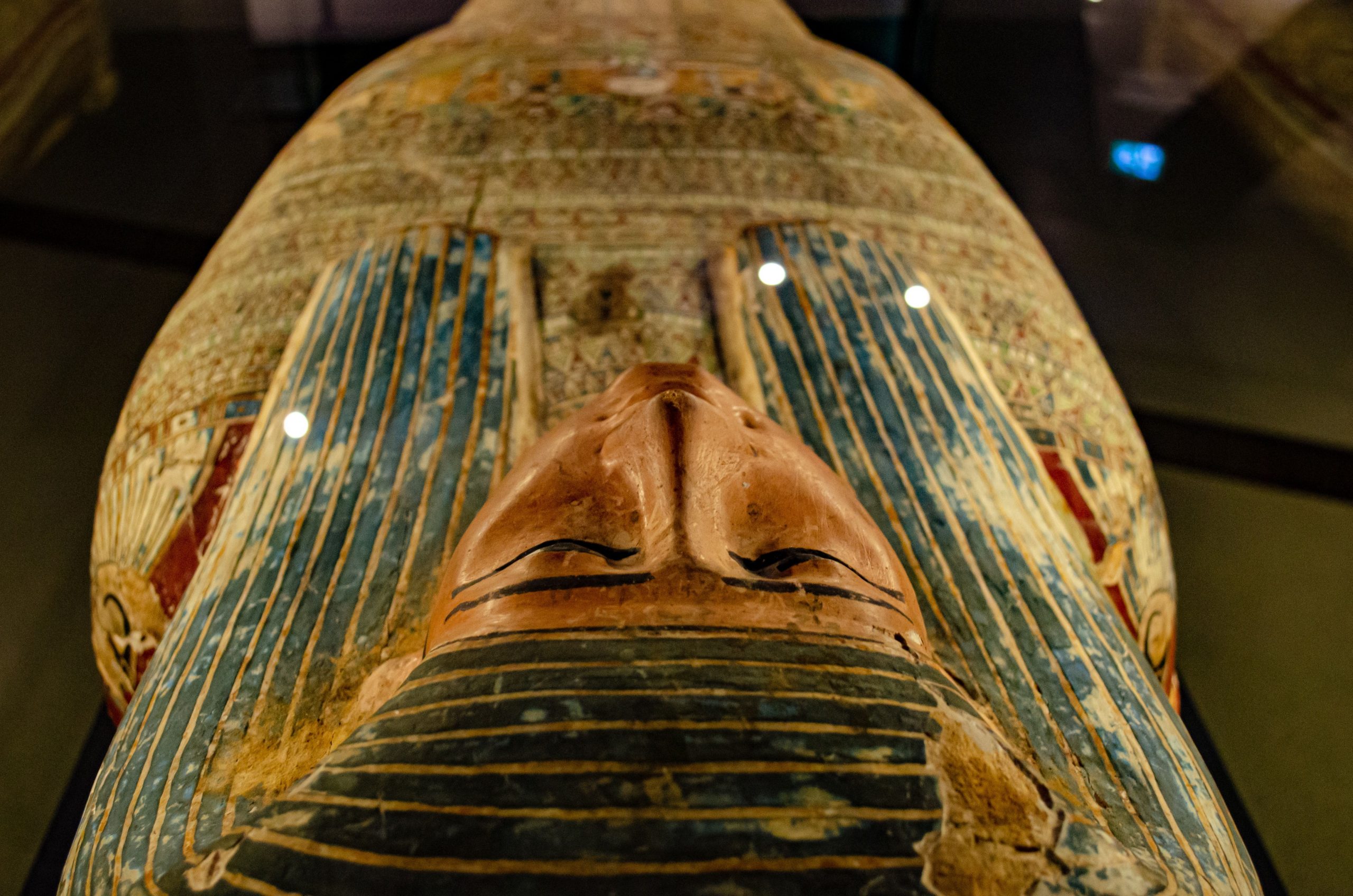Archaeologists working on the outskirts of Lima, Peru, have discovered a mummy that is thought to be between 800 and 1,200 years old — and is surprisingly bound with rope.
The remains are assumed to be those of a man between the ages of 18 and 22, who died with his hands covering his face. “The main characteristic of the mummy is that the whole body was tied up by ropes and with the hands covering the face, which would be part of the local funeral pattern,” Archeologist Pieter Van Dalen, who is in charge of the Cajamarquilla project, told The Guardian.
The remains are of a person who lived in the high Andean region of the country, he said. “Radiocarbon dating will give a more precise chronology.
Also Read | Egyptologists uncover ‘lost golden city’ buried under the sands
The mummy was discovered at a dig site in Cajamarquilla, about 24 kilometres (15 miles) east of Lima, in a burial chamber that was about three metres (10 feet) long and 1.4 metres deep.
“The mummy would have been buried sometime between 800 and 1200 AD,” he said — meaning it would be at least 800 years old.
Experts discovered the skeleton of an Andean guinea pig and what appears to be a dog on one side of the mummy, according to researchers at the University of San Marcos. The burial chamber contained traces of corn and other vegetables.
Cajamarquilla was a city with a population of 10,000 to 20,000 people, according to Van Dalen.
Built around 200 BC, the city was occupied until around 1500.
From southern Ecuador and Colombia to central Chile, Peru – home to tourist destination Machu Picchu – is also home to hundreds of other archaeological sites from cultures that developed before and after the Inca empire, which dominated part of South America 500 years ago.






